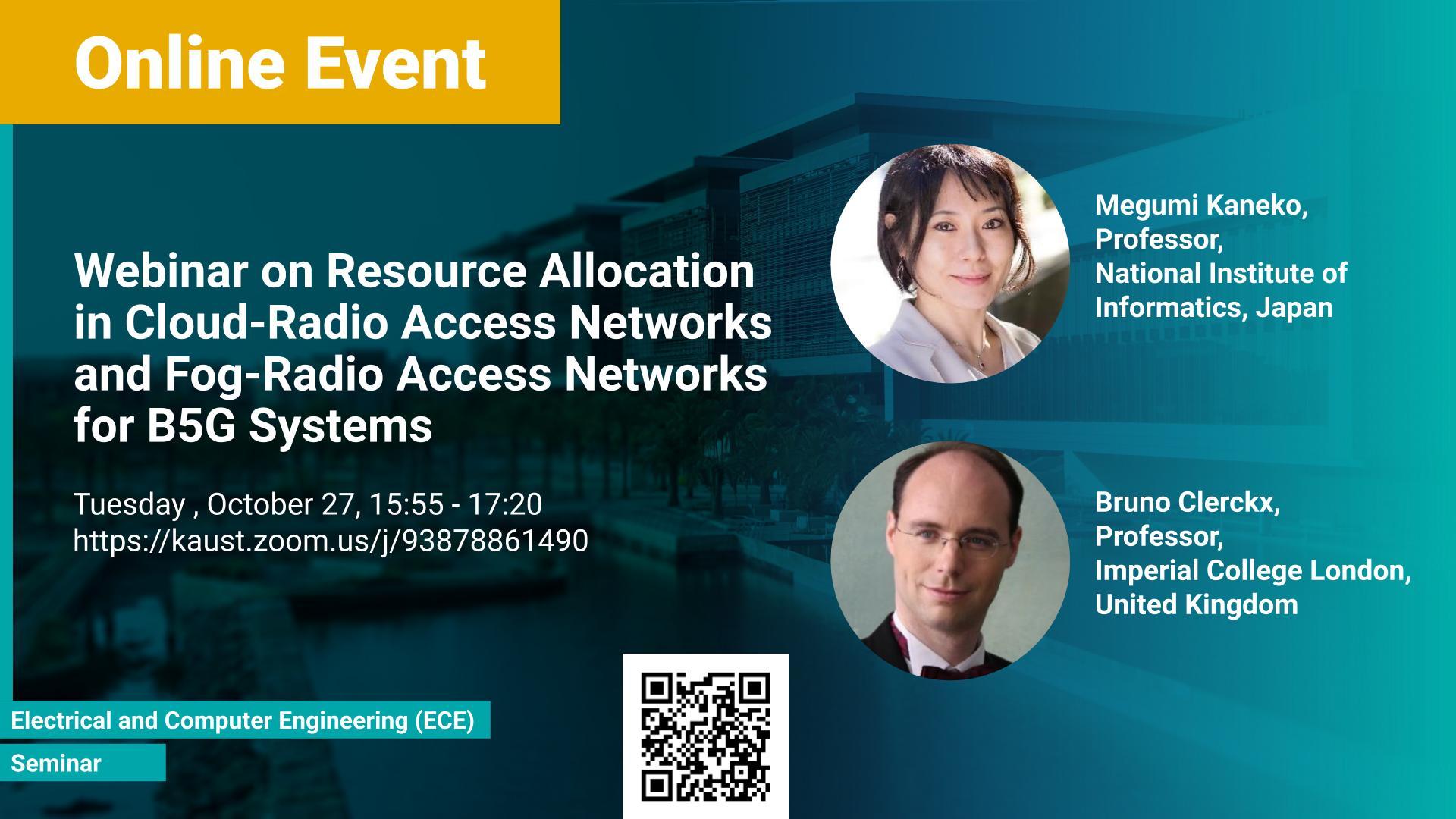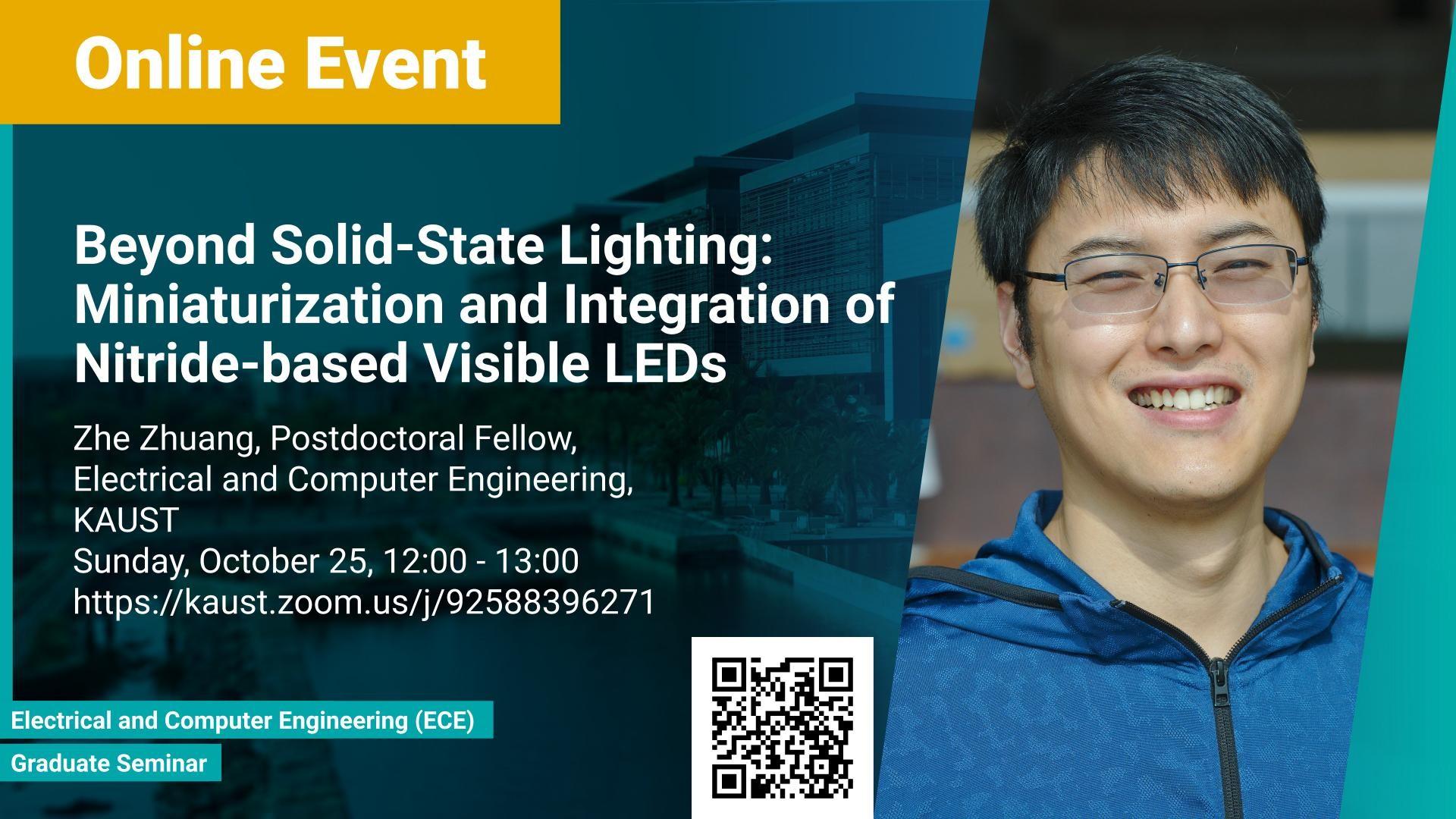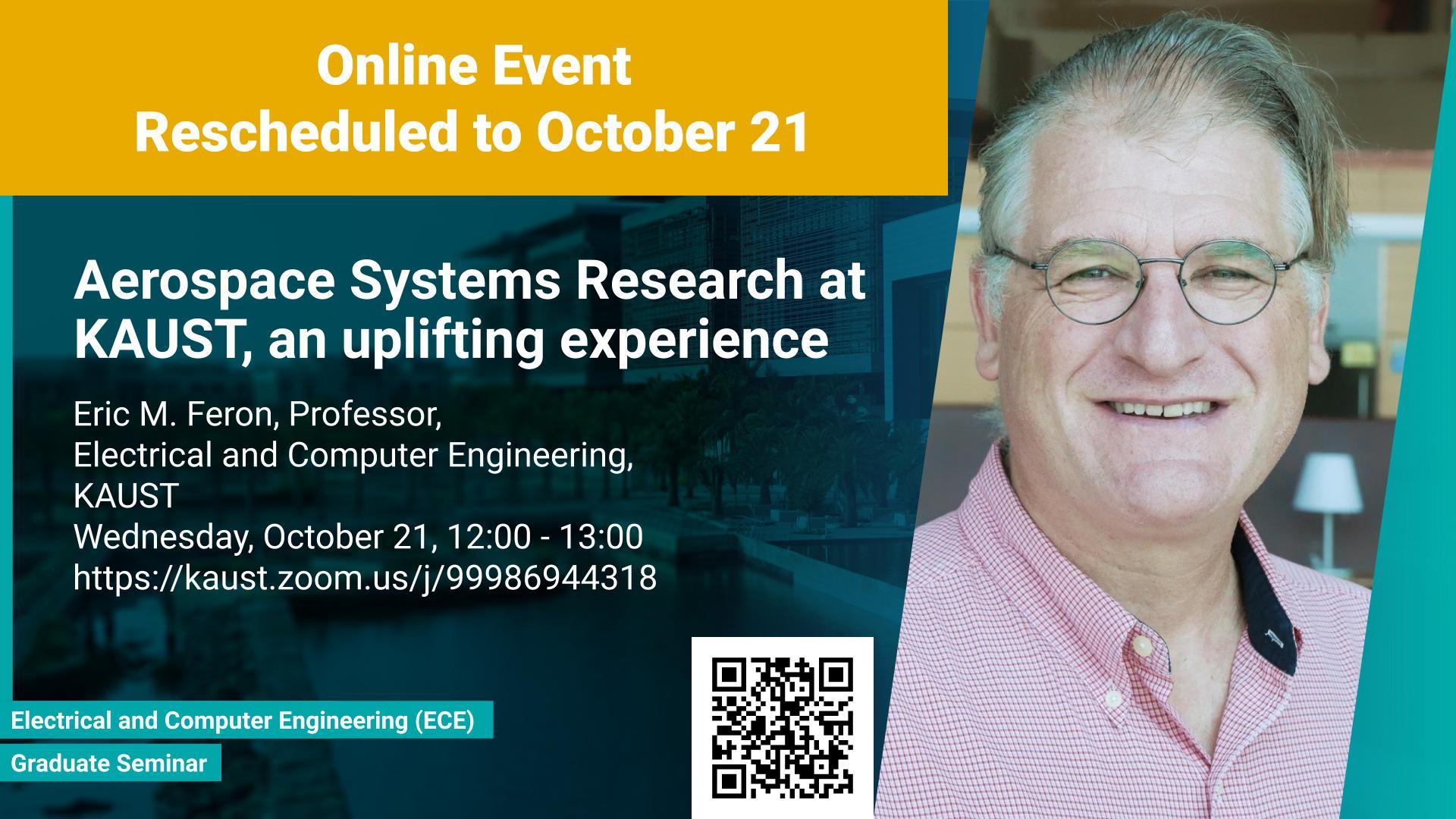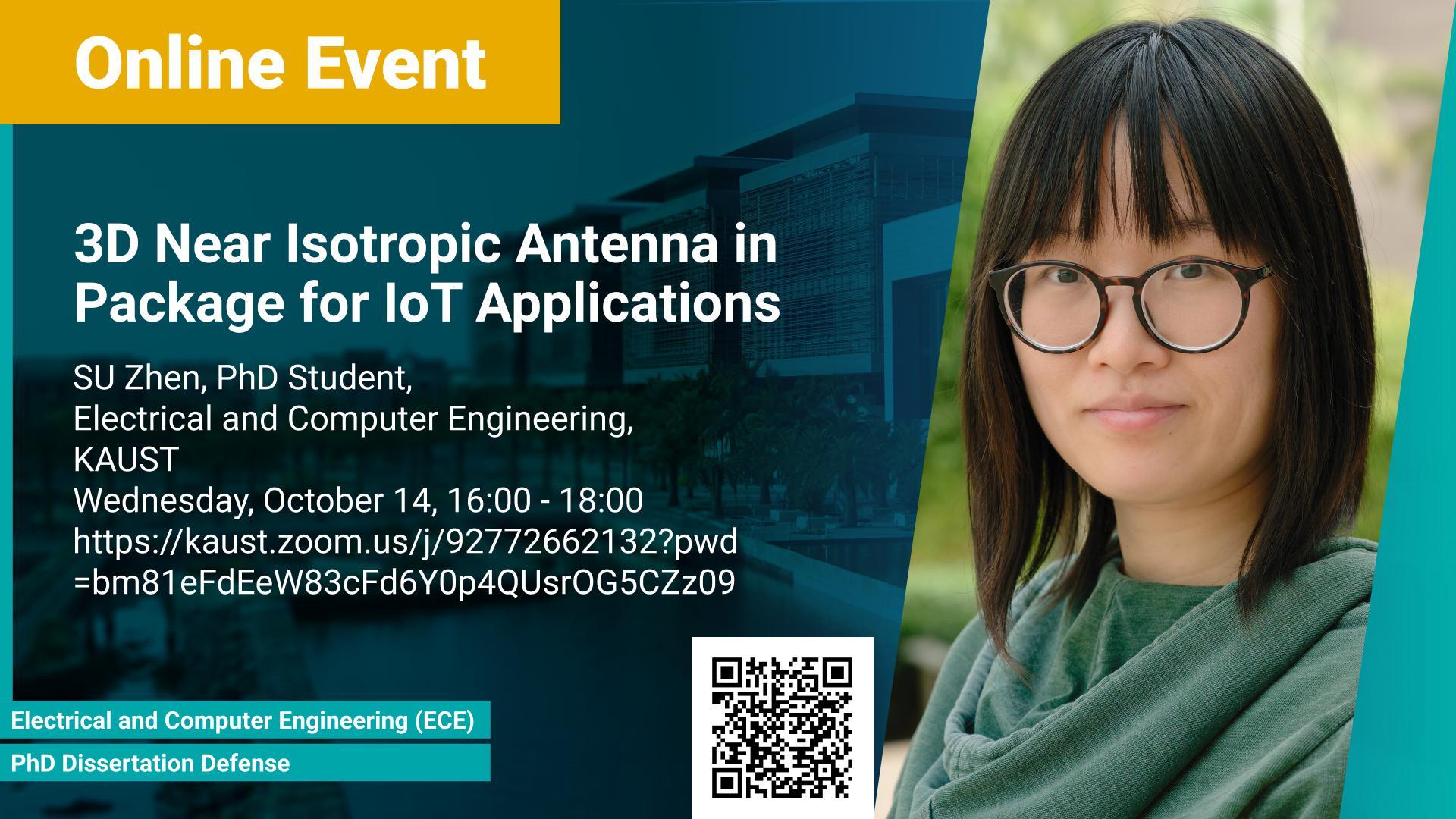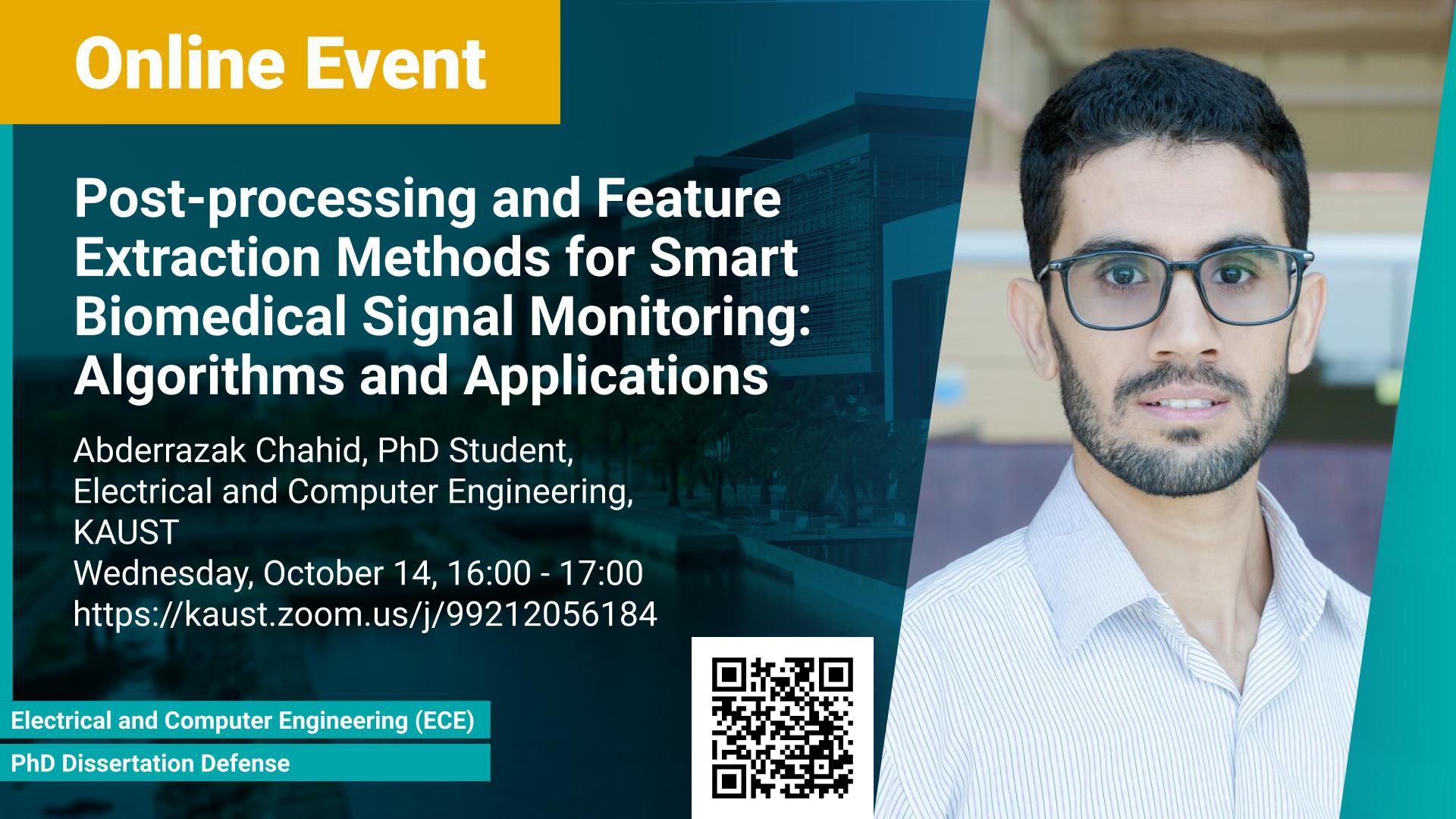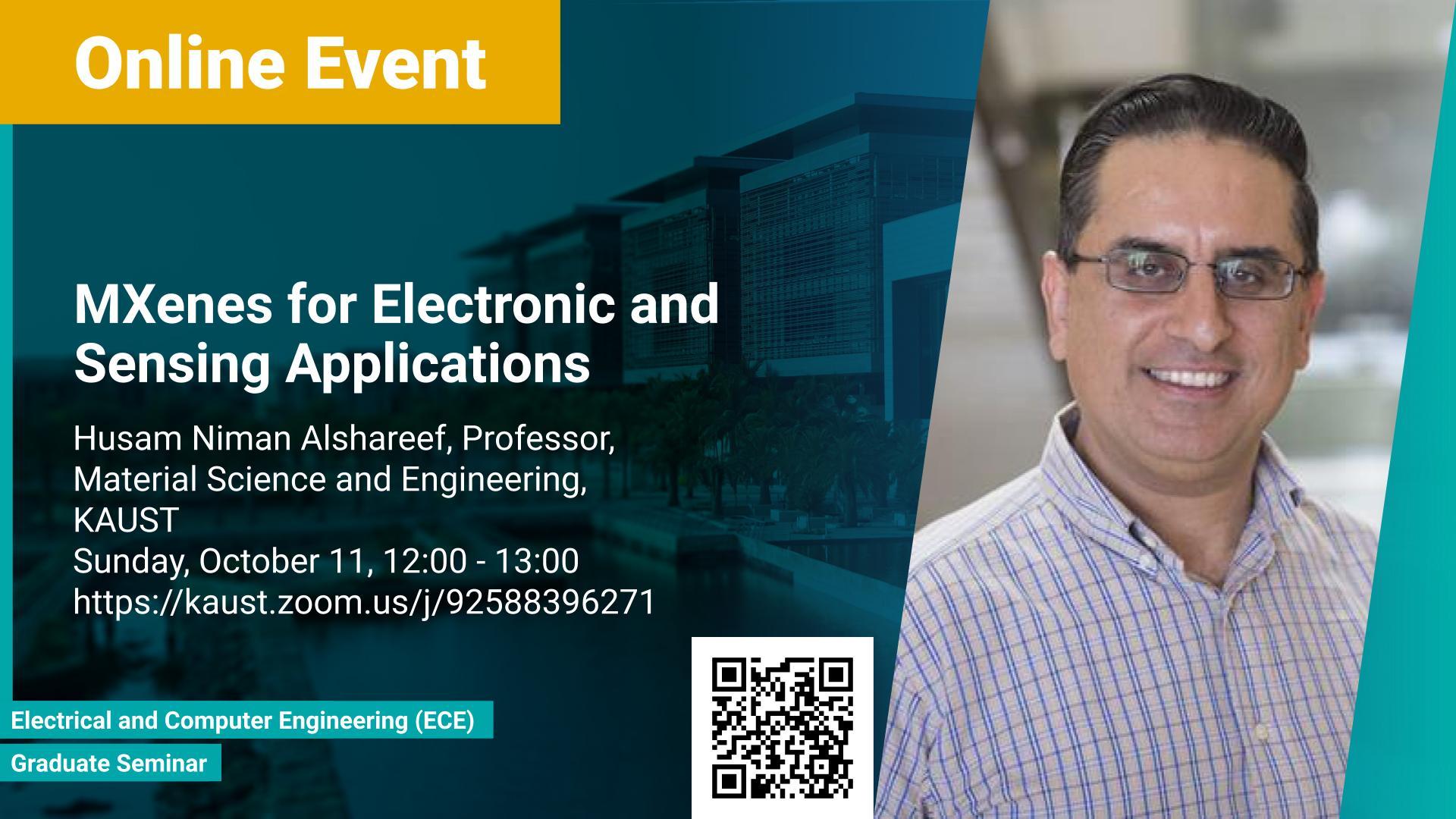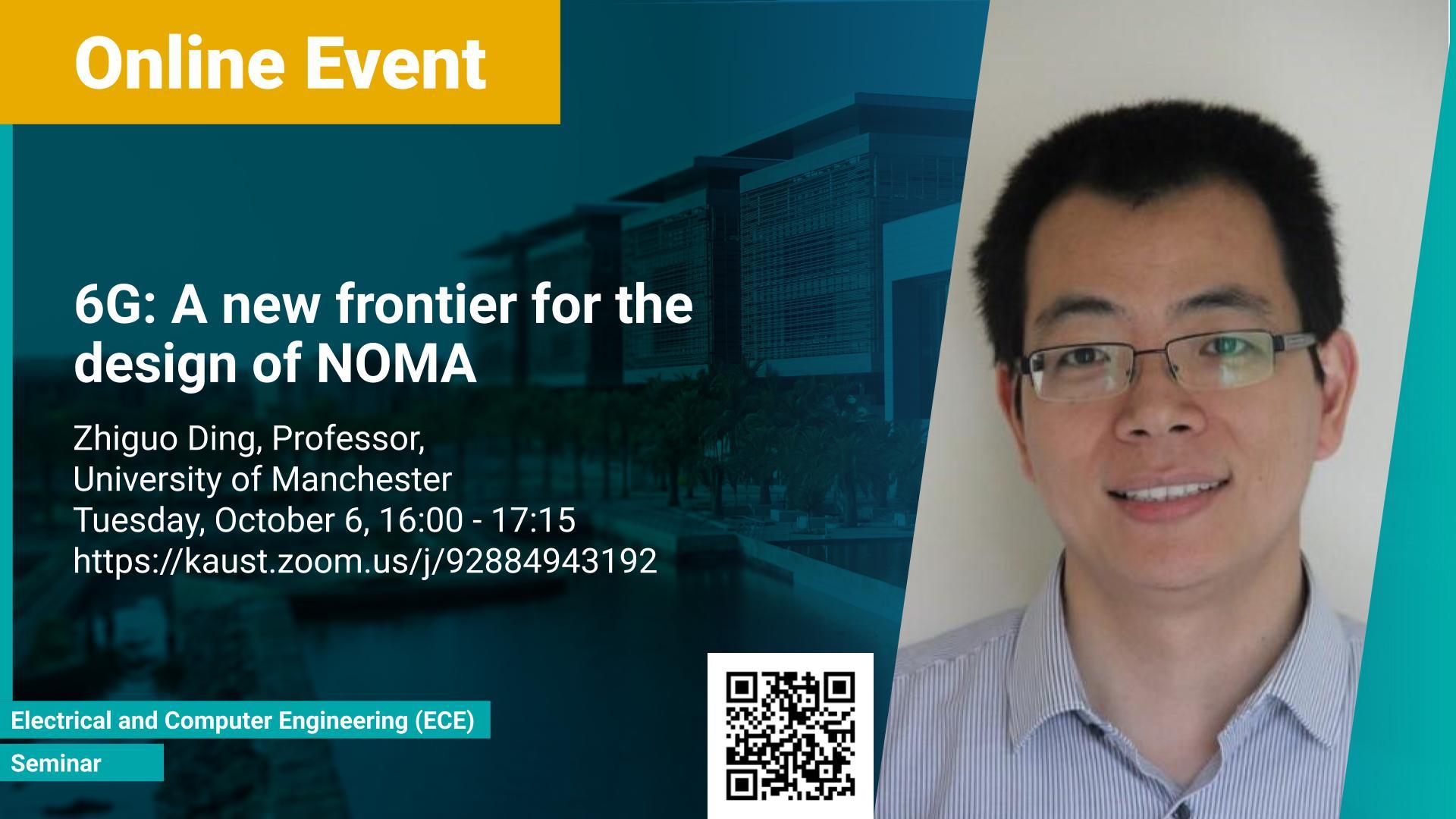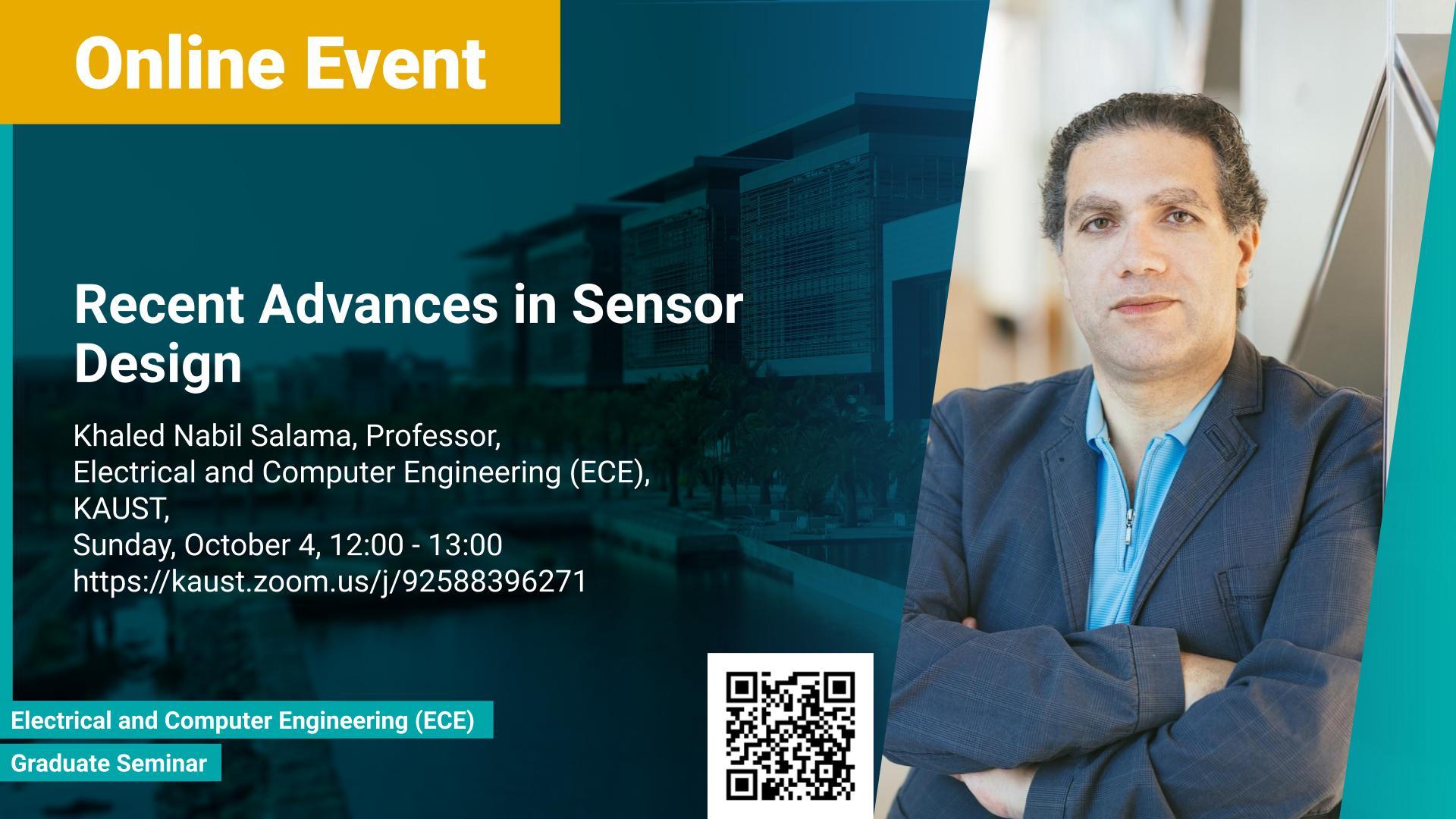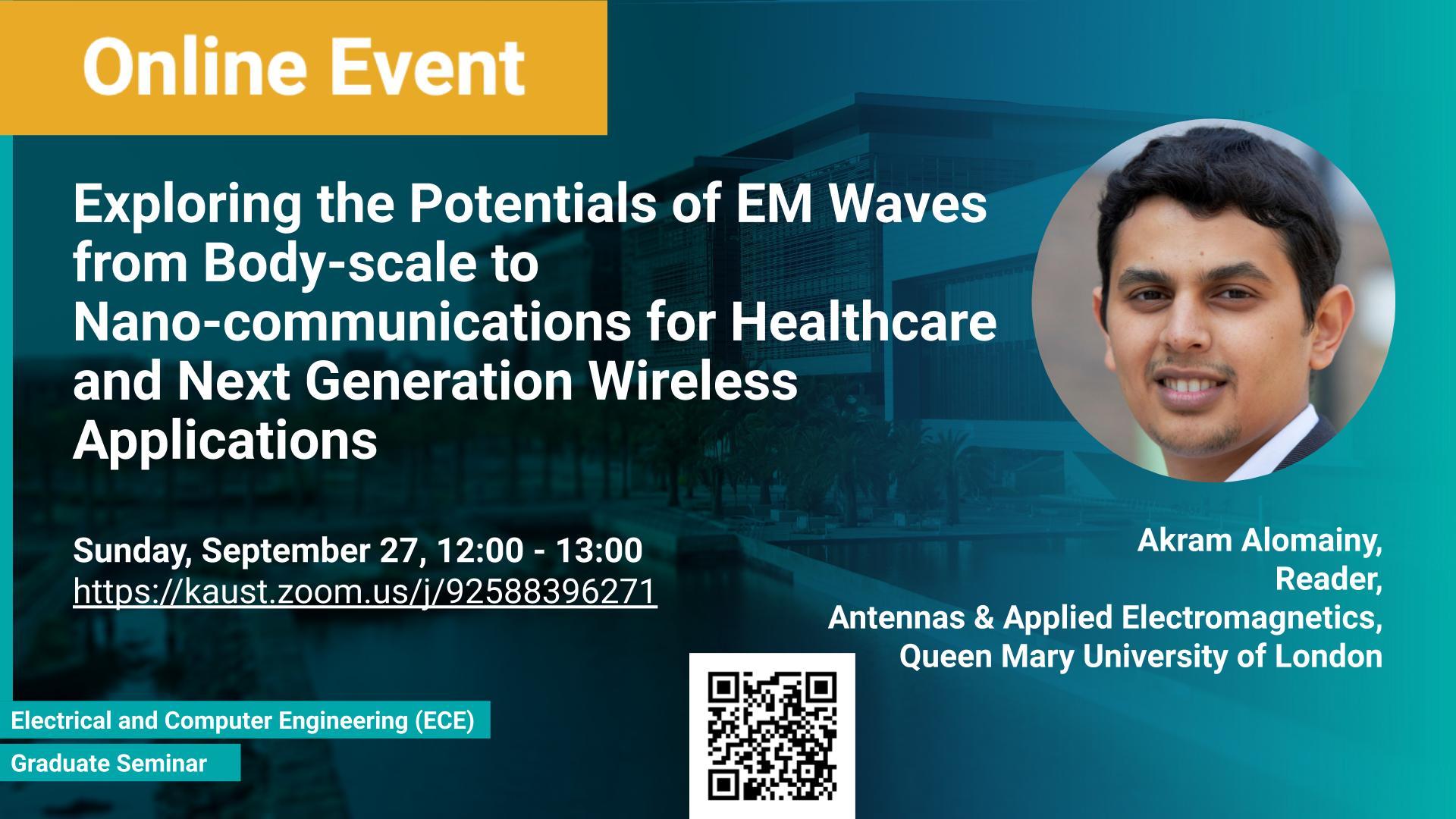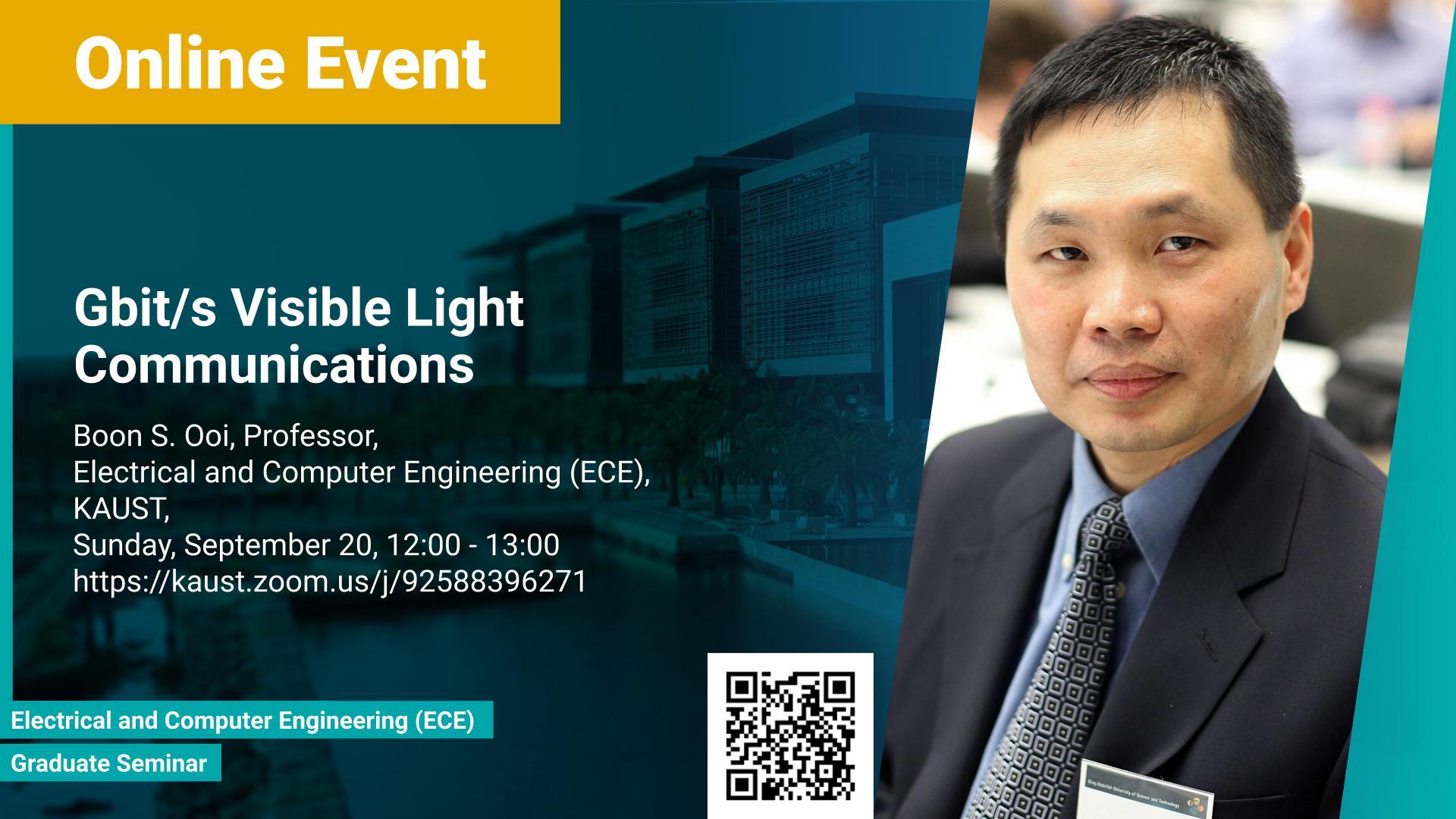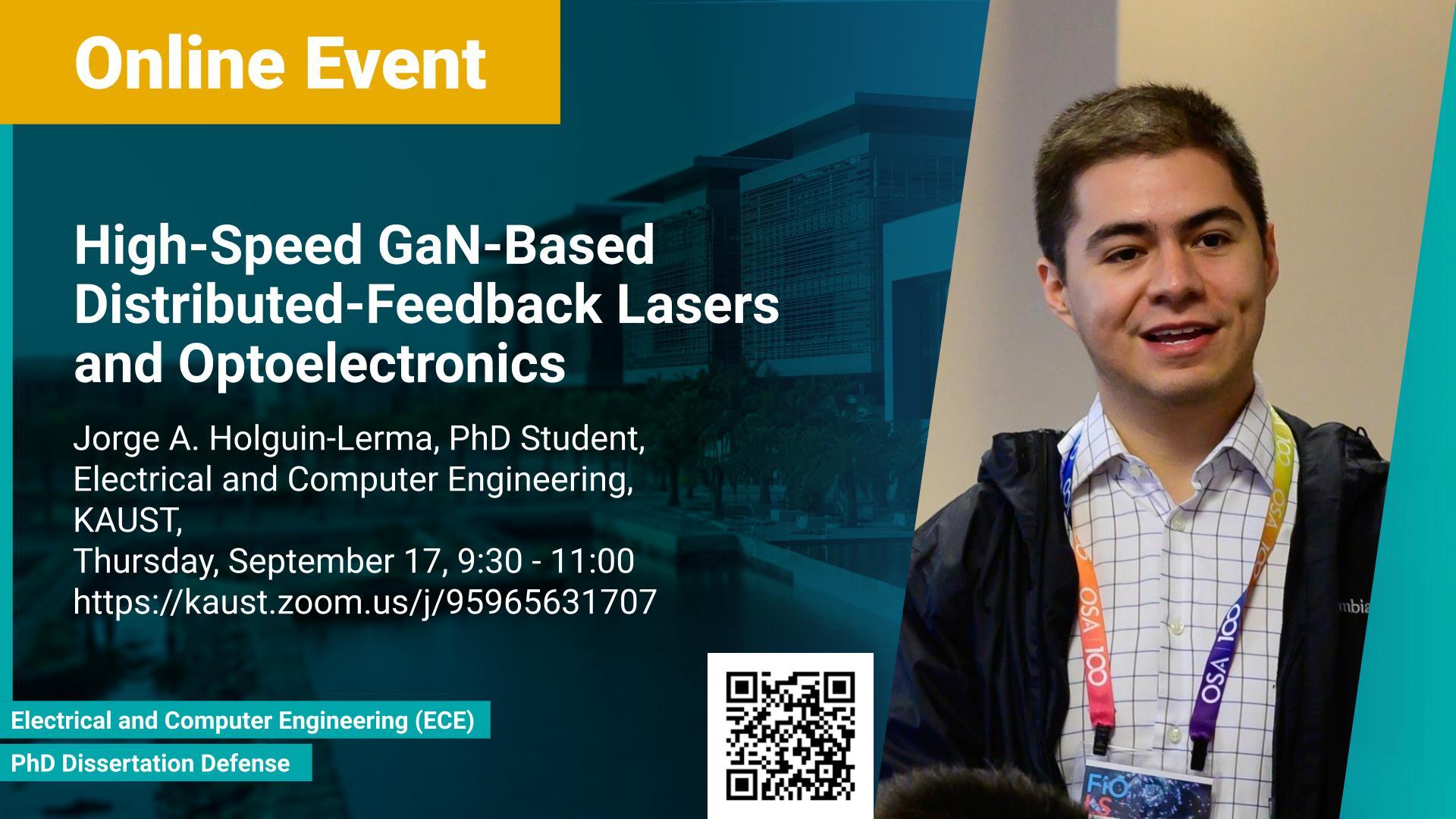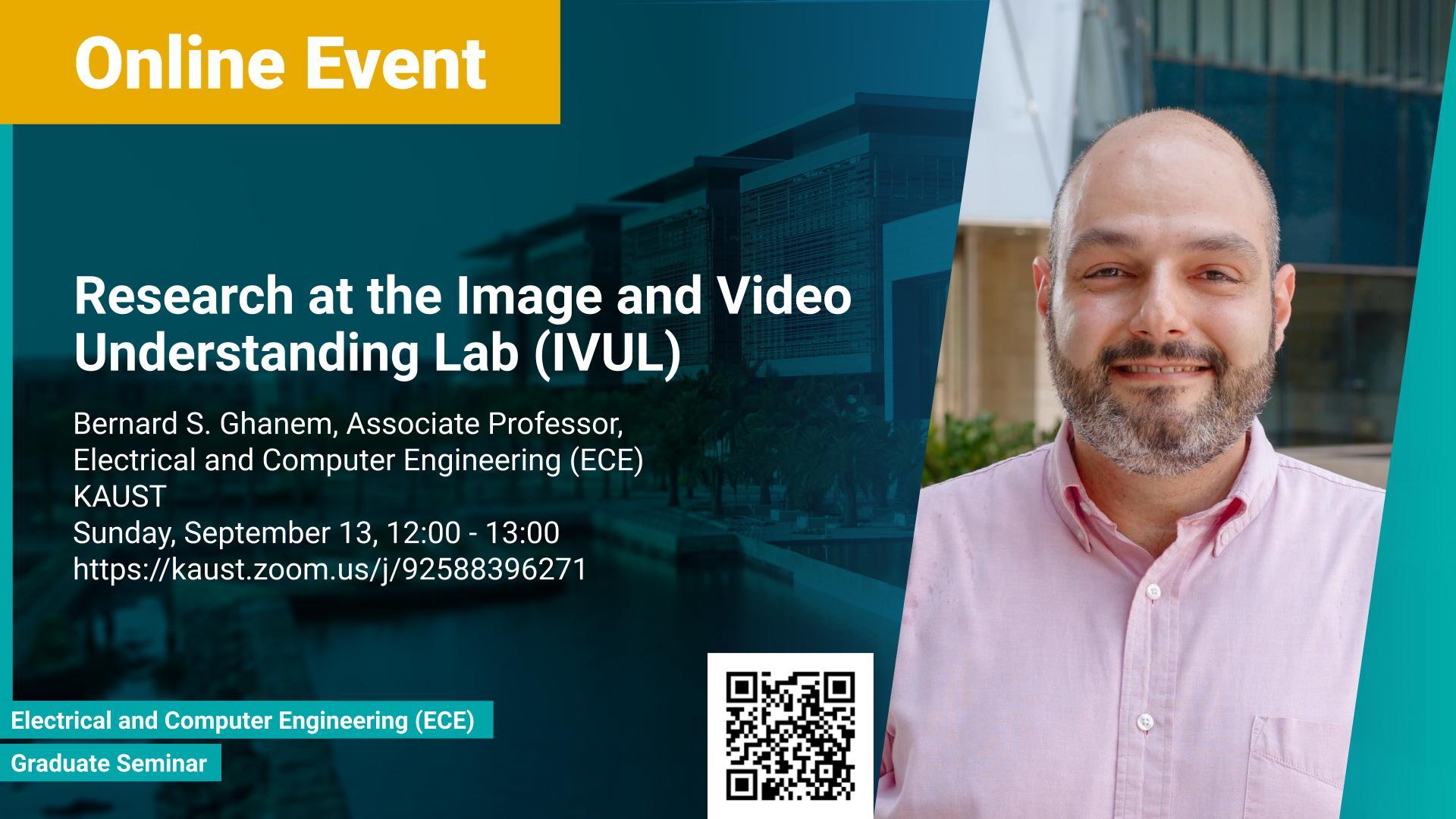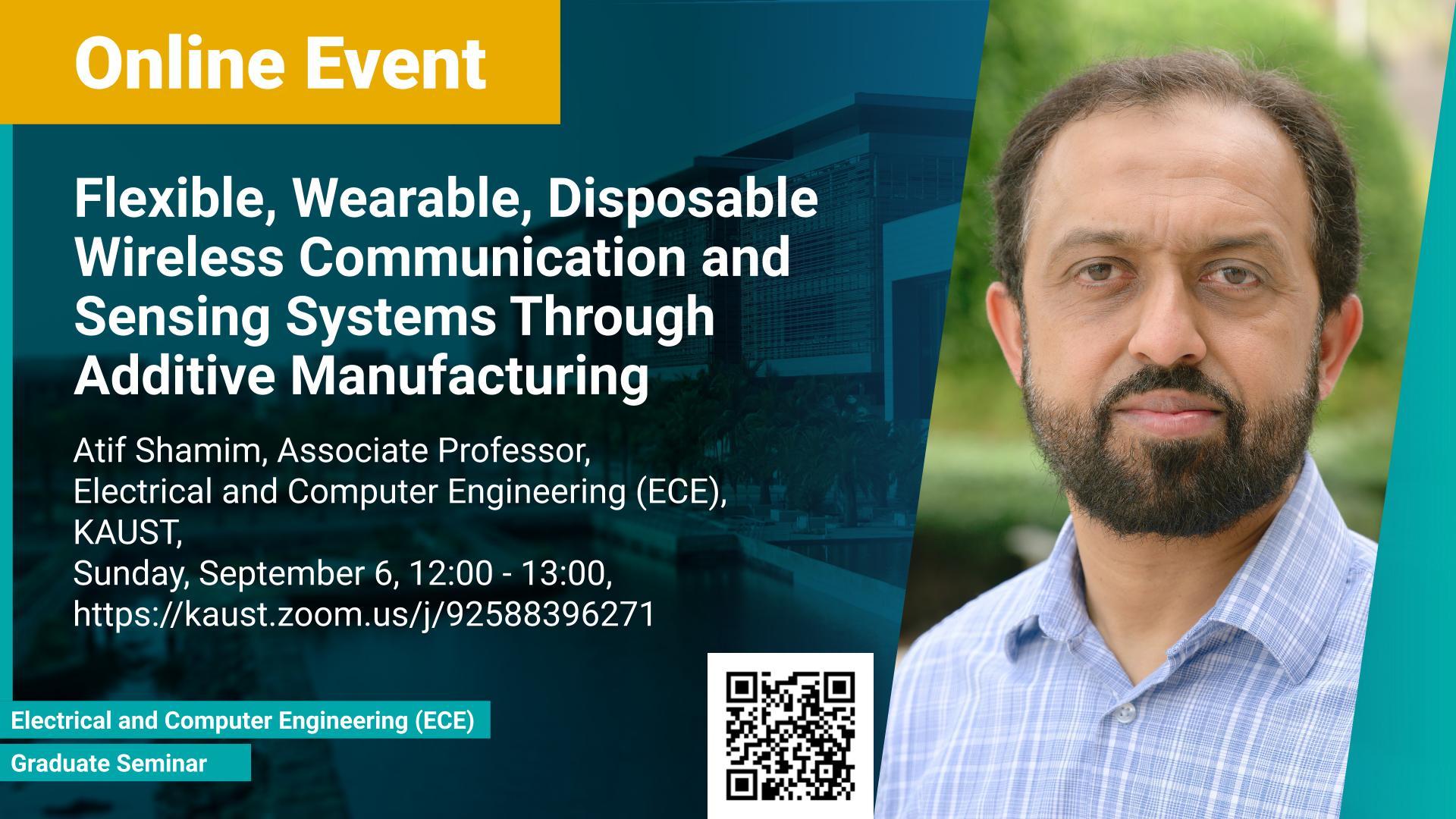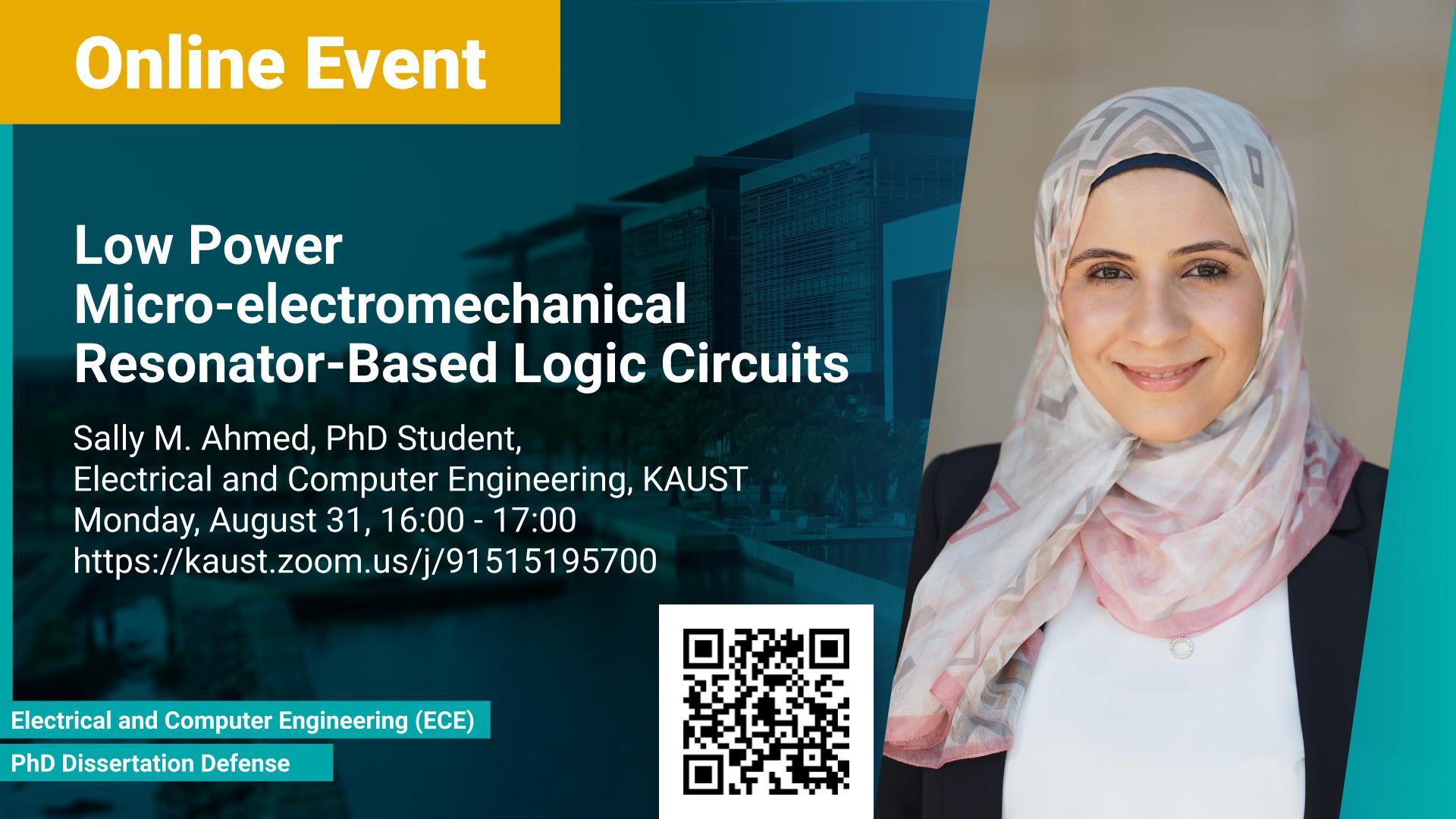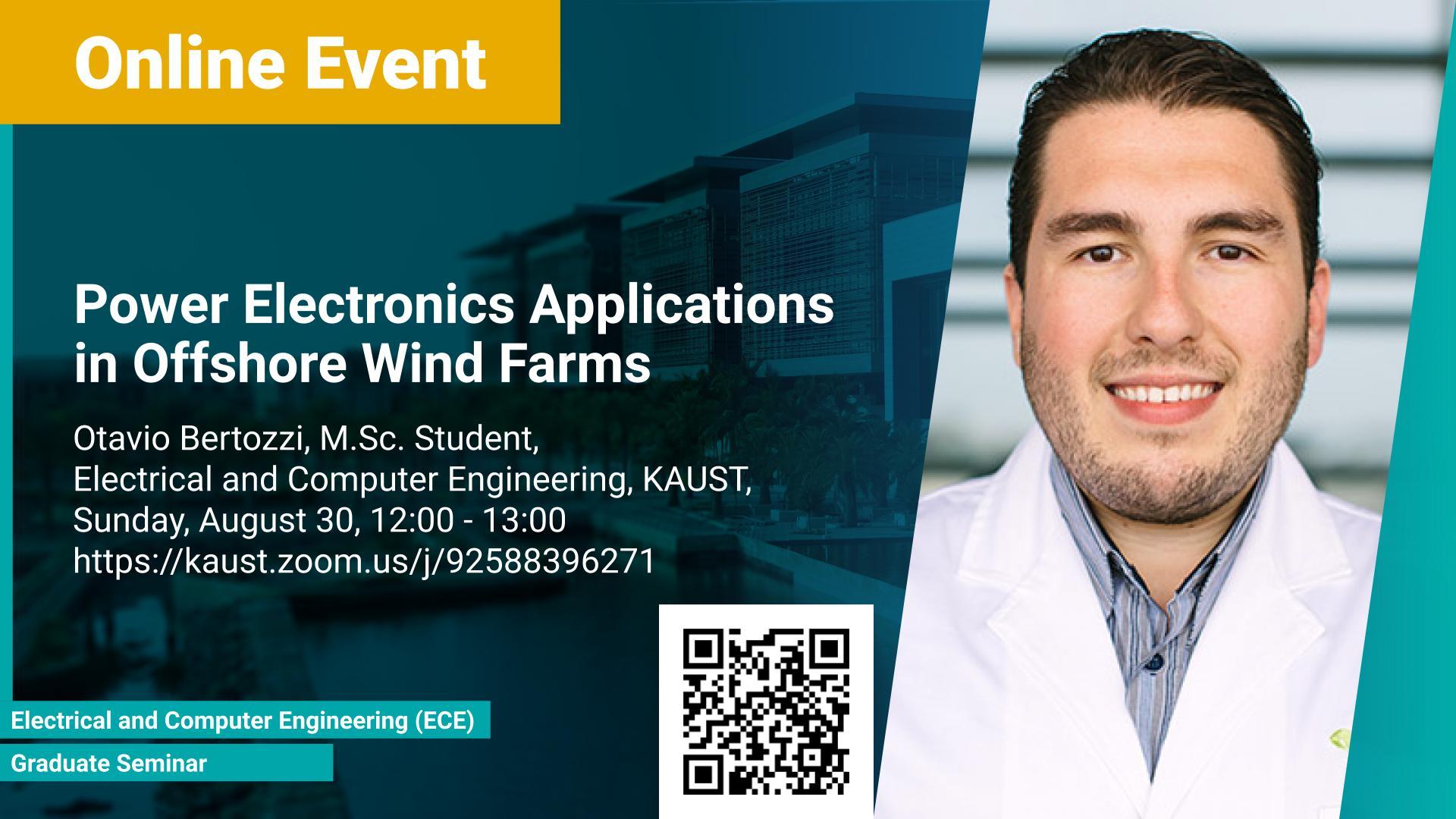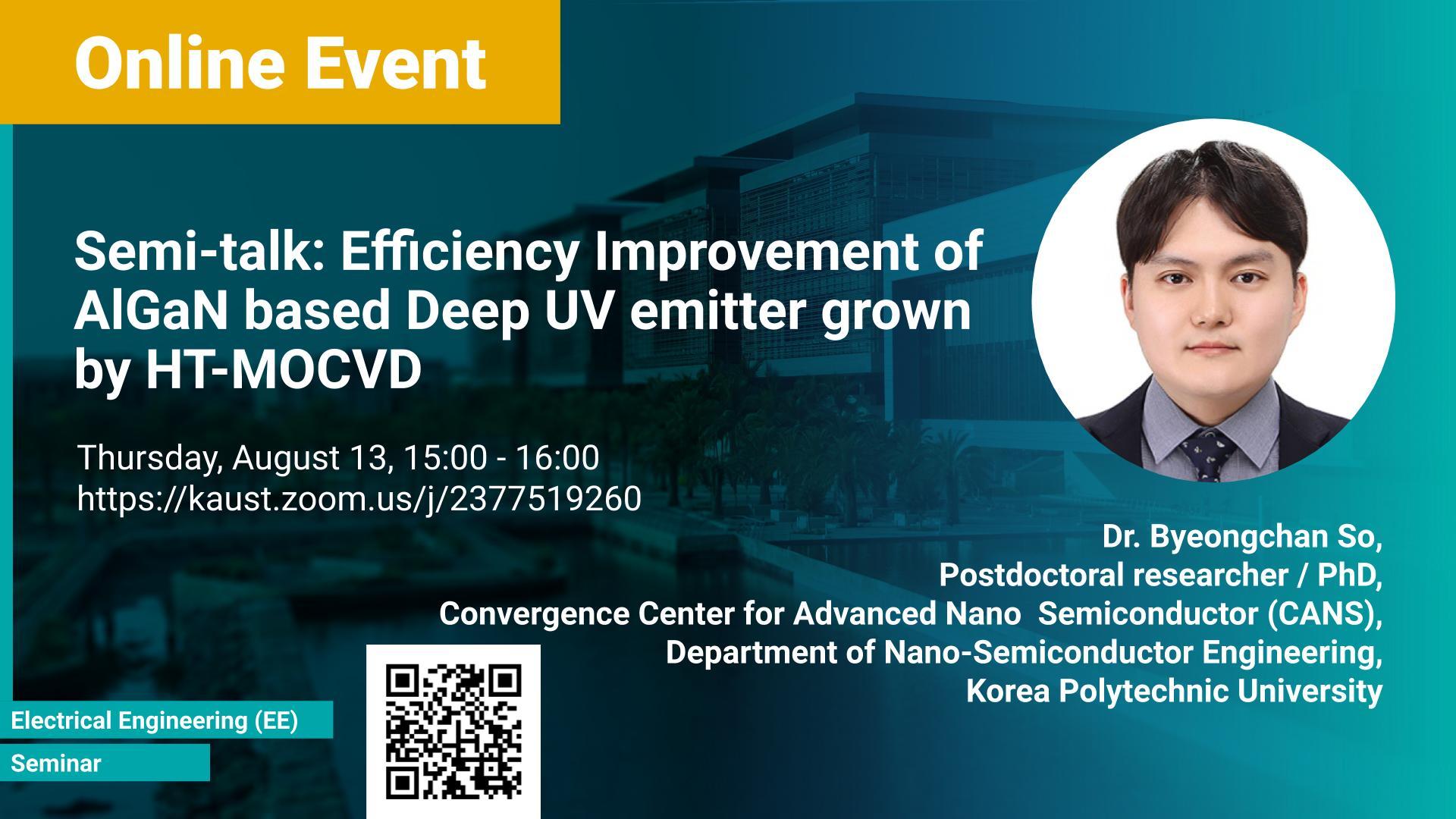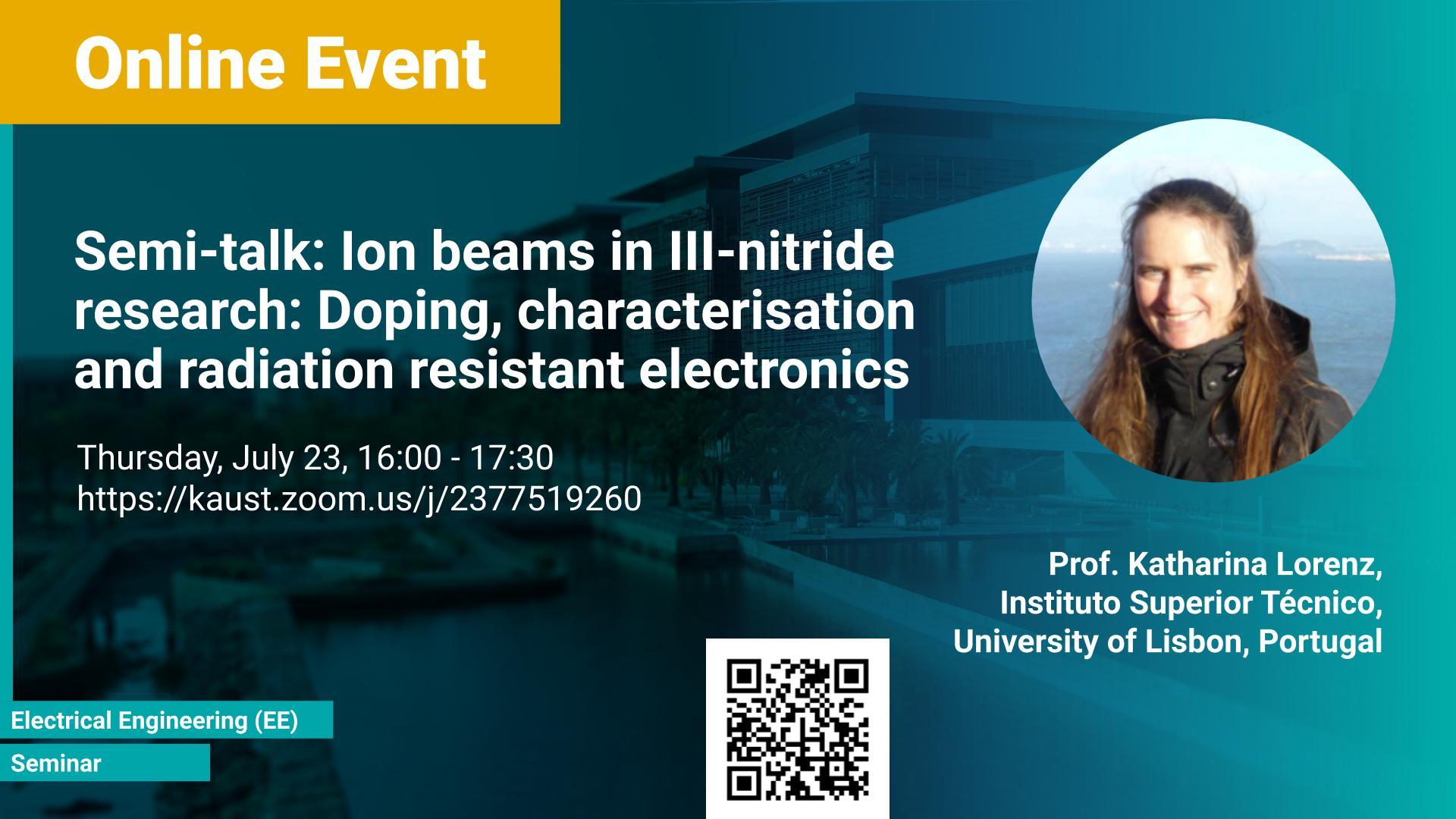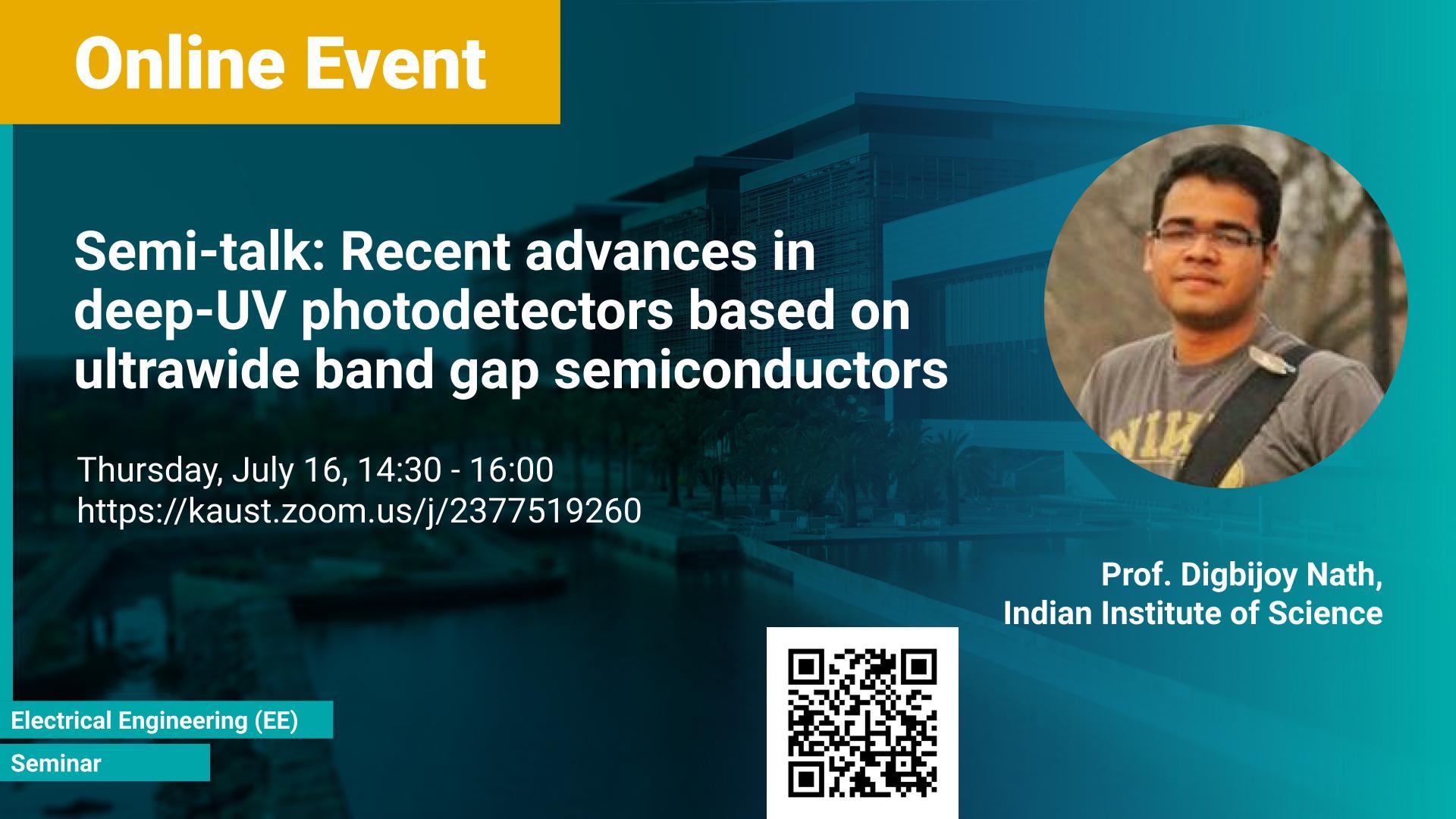Associate Professor,
Electrical and Computer Engineering
Sunday, November 01, 2020, 12:00
- 13:00
KAUST
Contact Person
COVID-19 is a wake-up call for public health and safety. Since the pandemic began, the ultraviolet (UV) technologies have been widely employed in numerous places to contain and eliminate the viruses. Although UV light is nonchemical and does not contaminate the environment, however, most of the UV light today comes from the toxic mercury lamps. In our lab and many institutions in the world, researchers are developing semiconductor-based UV technologies that are compact, reliable, and nontoxic. This seminar shows the research background and briefly discusses the research progress made by our team in a few key areas including material growth, physics, and device fabrication for UV lasers, LEDs, and photodetectors.
